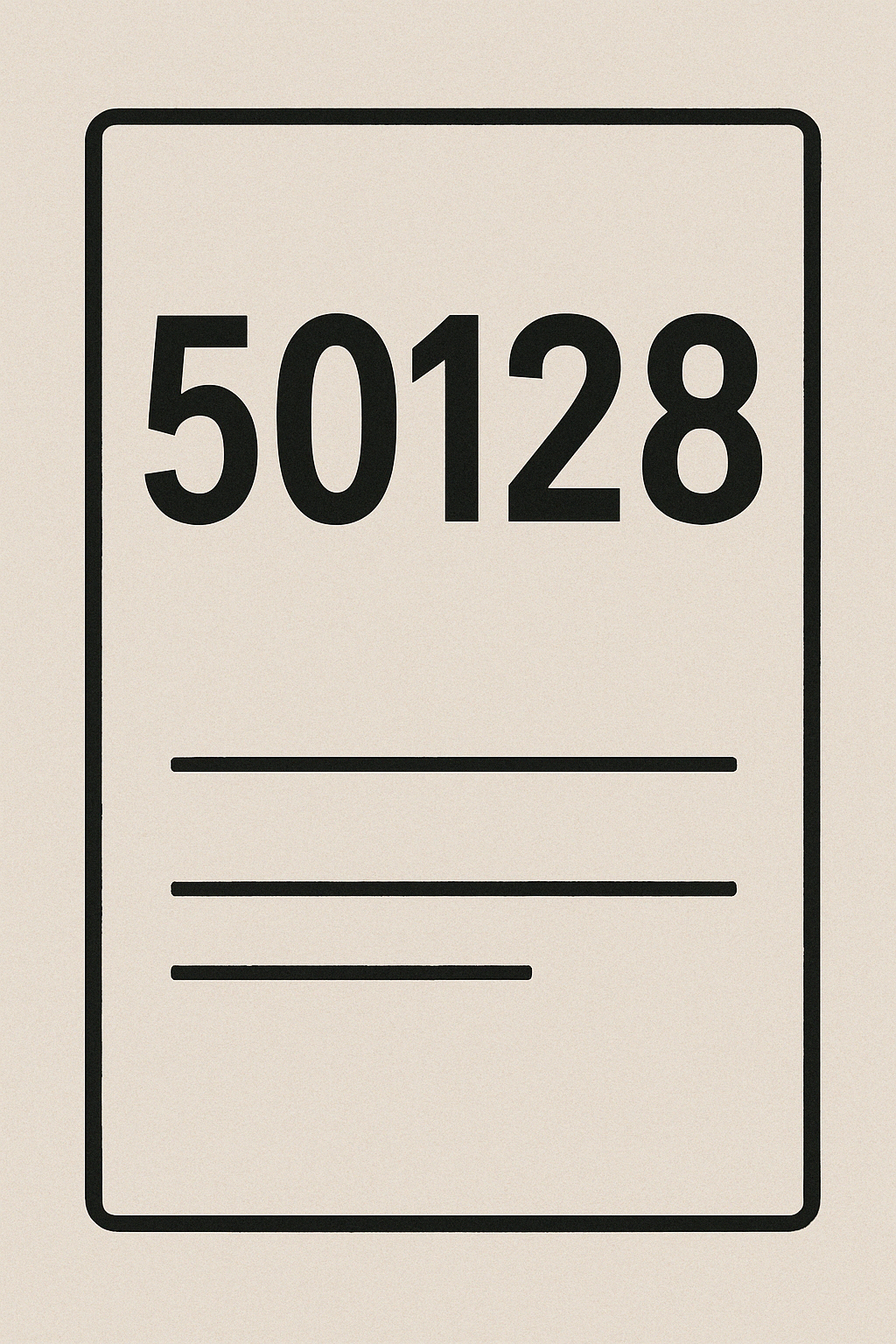EN 50128: Ensuring Safety and Reliability in Railway Software Systems
In an industry where safety is paramount, software systems play a critical role in controlling and protecting railway operations. EN 50128 is the European standard that sets out the requirements and guidelines for the development and maintenance of safety-critical software used in railway applications. This standard helps ensure that software systems meet the highest safety and reliability criteria, thereby safeguarding passengers, staff, and infrastructure.
What is EN 50128?
EN 50128 is a European standard dedicated to the development of software for railway control and protection systems. It outlines the necessary processes, techniques, and quality measures required to produce safe and reliable software. The standard covers the entire software lifecycle—from concept and development to verification, validation, and maintenance—ensuring that every stage is managed with rigorous safety protocols.
Key Components of EN 50128
EN 50128 emphasizes several critical areas in railway software development:
- Software Lifecycle Management: The standard provides a comprehensive framework for managing every phase of the software lifecycle, ensuring that safety and quality are built in from the start.
- Verification and Validation: Rigorous verification and validation processes are integral to EN 50128, ensuring that the software not only meets design specifications but also performs safely under real-world conditions.
- Documentation and Traceability: Detailed documentation and traceability of requirements, design decisions, and test results are mandatory, providing a clear audit trail and facilitating future maintenance and upgrades.
The Impact of EN 50128 on the Railway Industry
The adoption of EN 50128 has significantly enhanced the safety and reliability of railway software systems:
- Enhanced Safety: By setting stringent standards for software development, EN 50128 minimizes the risk of software failures that could lead to catastrophic incidents.
- Regulatory Compliance: Railway operators and manufacturers rely on EN 50128 to meet regulatory requirements, ensuring that their systems are certified as safe for operation.
- Improved Quality Assurance: The standard’s rigorous processes foster a culture of continuous improvement, leading to higher quality software and more efficient maintenance practices.
- Increased Confidence: With clear guidelines and proven methodologies, stakeholders—from engineers to end users—can have greater confidence in the safety and performance of railway systems.
Implementation Challenges and Best Practices
Implementing EN 50128 can present several challenges:
- Specialized Expertise: Developing software in compliance with EN 50128 requires a deep understanding of safety-critical systems and dedicated training for development teams.
- Resource Intensive: The processes involved—especially extensive testing and documentation—can be resource-intensive and require significant time and financial investment.
- Continuous Monitoring: Ensuring ongoing compliance and adapting to evolving safety requirements demands continuous monitoring and regular updates to the software lifecycle processes.
To overcome these challenges, organizations are encouraged to:
- Invest in specialized training and certification for their development teams.
- Establish robust testing frameworks that can simulate real-world conditions.
- Foster a culture of continuous improvement through regular reviews and updates of safety protocols.
Future Trends in Railway Software Safety
As technology evolves, EN 50128 is expected to incorporate emerging practices such as:
- Automated Testing: Increasing reliance on automated testing tools to enhance the efficiency and accuracy of verification processes.
- Integration with Cybersecurity Measures: As railway systems become more connected, integrating cybersecurity best practices into the software development lifecycle will become increasingly important.

Conclusion
EN 50128 is more than a set of guidelines—it is a vital framework that underpins the safety and reliability of railway software systems. By adhering to its rigorous standards, the railway industry can continue to advance in terms of safety, efficiency, and innovation. Whether through enhanced risk management, rigorous testing protocols, or continuous process improvement, EN 50128 remains at the forefront of ensuring that railway software systems perform flawlessly under even the most demanding conditions.
To learn more about railway safety and engineering, explore our RAMS training courses at https://ramsrail.com/rams-courses/.
